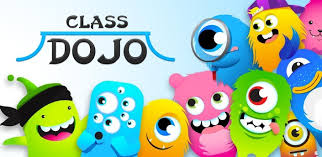Google Classroom is a tool that the Jr./Sr. High School teachers use on a regular basis with students. This year there have been several updates that have changed the look of Google Classroom and also made it more efficient for students. These updates align Google Classroom with many of the other online learning management systems that students may encounter, especially in college courses.
The blog post "9 Updates for Google Classroom (and 3 more to come)" goes into great detail about each of these updates. I have also put this information into a Slides presentation for a simplified view.

One important note for teachers: One of the new features of the "Classwork" page is that when you post an assignment, a notification also shows up on the stream. This is a great way to notify the students of a new assignment since it is not on the first page they see when they open the class. However, some of us may find this to look cluttered and want to delete those notifications on the stream. DO NOT DELETE THEM! If you delete the notification from the stream, it will delete the assignment from the classwork page as well. I don't want you to learn this the hard way like I did!


















